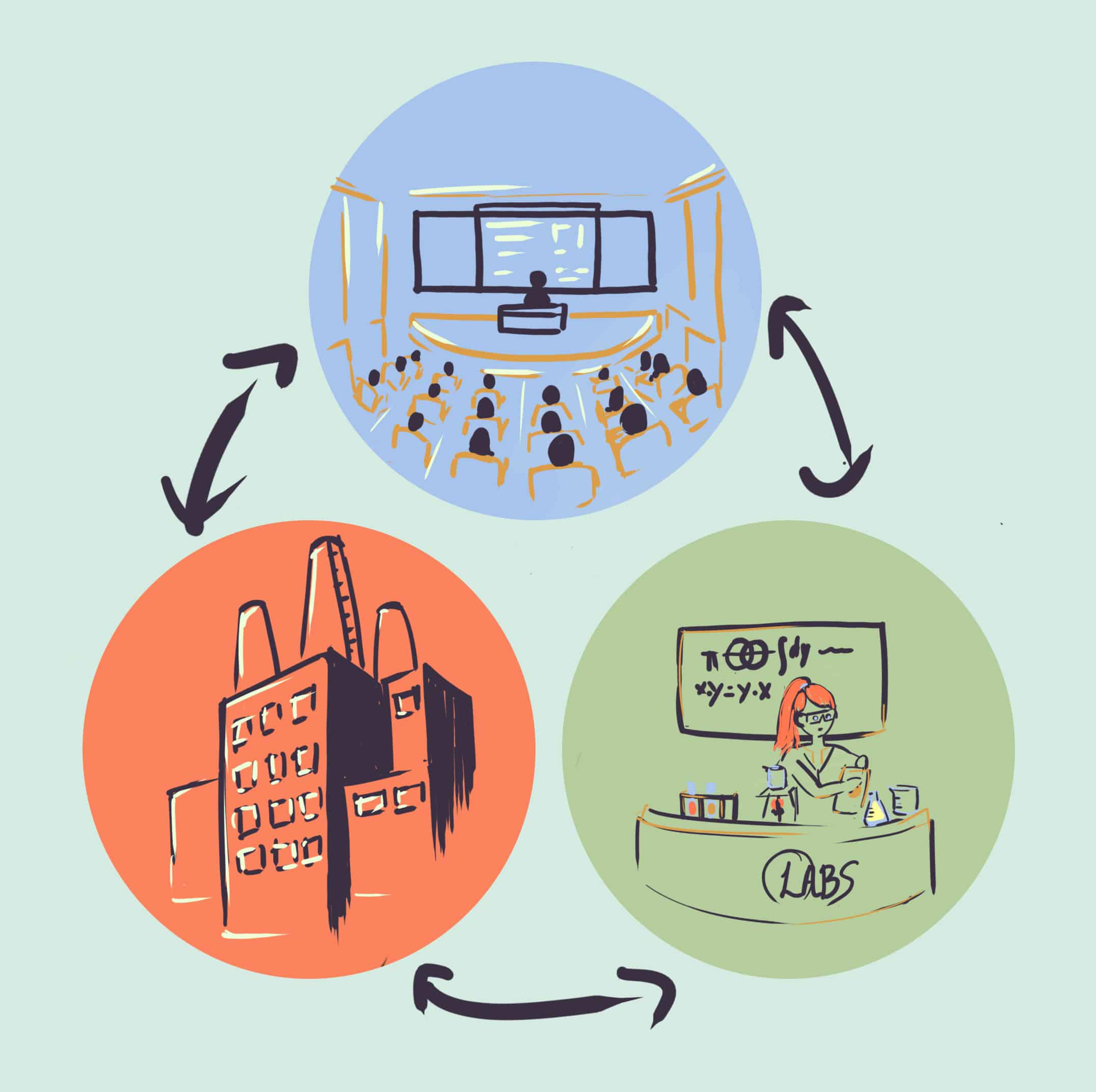A 30-year-old federal funding program that has invested around $2 billion in scientific research, commercialization, and knowledge translation across Canada will be discontinued and phased out over the next three years, according to an announcement from Science Minister Kirsty Duncan last month.
Lauded for increasing collaboration among scientists, researchers, and manufacturers, the Networks of Centres of Excellence (NCE) is widely considered to be the catalyst for innovative world-renowned research that has established Canada as a global leader in science.
Since its conception in 1989, the NCE has helped train more than 48,000 personnel, created 147 spin-off companies, and sponsored 1,332 startup companies with the goal of addressing challenges in Canada’s social and economic spheres.
According to Vivek Goel, U of T Vice-President Research and Innovation, “The NCE program has helped support many cross-disciplinary research projects [at U of T] that brought together researchers from across the country to address pressing challenges.”
From student scholarships to startup seeds, U of T has benefitted from the variety of resources offered by 44 participating NCE organizations. The Centre for the Commercialization of Regenerative Medicine (CCRM) in particular has supported the launch of three successful companies with U of T connections: BlueRock Therapeutics, ExCellThera, and Avrobio.
“Our host is [the] University of Toronto, so we have a special and deep relationship with U of T,” said Michael May, CEO of CCRM and U of T alum. “We also attract companies from around the world to work in Toronto — to help advance their own initiatives and expertise. And facilities at the University of Toronto and other institutions in Ontario are important for attracting those anchor partners.”
Although the cancellation of NCE funding for CCRM — and by proxy U of T — makes it more difficult to translate research into commercial goods, both institutions have multiple sources of funding and can continue to function according to May.
“A lot of government funding is on projects, and the NCE funding for us was building a platform, on building an ecosystem and a very specialized team with facilities to actually drive technology forward,” said May.
“Our connection and partnership with the University of Toronto and other institutions goes beyond one source of funding and it involves lots of people, researchers and companies. It will not affect our relationship with U of T. It just makes it harder for us to achieve our common mission of getting product from the good research that happens.”
Less than one per cent of U of T’s total research funding in 2016–2017 came from the NCE. However, for U of T’s partner organizations that fund students at U of T and are solely funded by NCE, the funding decision could be disastrous and potentially slow progress in important scientific fields.
“If we’re successful in our renewal this summer… and we get the final three years [of research funding], at the end of those three years, our program will be shut down,” explained Alex Mihailidis, principal investigator and joint Scientific Director of AGE-WELL at the Toronto Rehab Institute. AGE-WELL is an NCE-funded organization that seeks to help older Canadians maintain their quality of life through the creation of innovative technologies and services.
In light of the cuts, Mihailidis said, “Our researchers will now have to start applying to the usual programs that already exist, that historically have very poor acceptance rates or success rates.”
“We fund a number of researchers and students at U of T. So obviously that money will be lost, we will not be able to support great research that is happening there.”
Although the federal government has announced a replacement program, the New Frontiers in Research Fund, there is growing criticism of the decision to abandon the network model.
“What we’ve done is that we have brought the community together,” said Mihailidis. “I know what the landscape was like before AGE-WELL. We were all trying to do our own things, we weren’t working well together, we were not getting industry involved, we were not getting older adults themselves involved in research, which is so critical and AGE-WELL was able to do that.”
“We were able to bring all these pieces together into one cohesive network working together towards the common goal,” said Mihailidis.
“It worries me if [the program is] not replaced with a strategy of coordinating good academic research in institutions with vehicles like CCRM that translate them and commercialize them,” said May. “By stopping the funding and having a number of new disconnected funds be proposed… I just don’t see the productivity. I don’t see the coordination. I worry about that strategy.”


